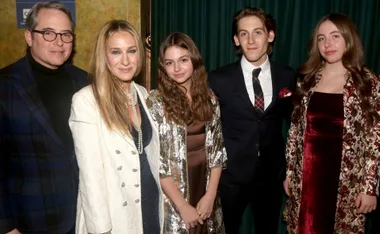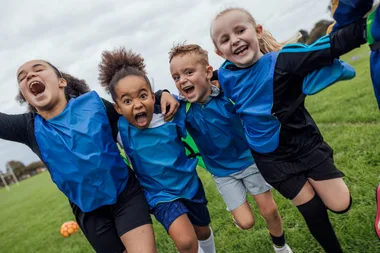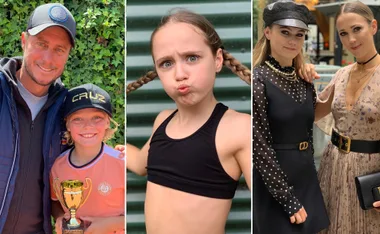Almost every family has an adoption story: maybe it’s your Aunt, forced to give up a baby because he was born out of wedlock.
Maybe you have a sibling, adopted out of love by your family trying to give a needy child a home.
Or maybe it’s you – growing up knowing that you have another family, somewhere, out there…
We also all have a story of a couple, or a single person, desperate to have their own child. Stories of miscarriages, stillbirths, infertility, expensive and invasive treatments.
These days adoption barely rates a mention as an option for having a child.
Adoption was once an enormous part of Australian life – when single mothers were shamed, contraception was hard to come by, and IVF didn’t exist – couples wanting children looked to adoption to create their family.
In the 1960s and 70s, around 10,000 children a year were adopted in Australia – in 2013/14, just 317 adoptions went ahead nationally.
Yet there are around 50,000 children right now across Australia in and out of homes – and that number is growing.
Perhaps more startling – 18,000 children are in foster care, removed from their homes because of neglect or abuse. They are eligible for adoption – but last year just 204 were able to call a permanent family, home.
So what is going so wrong?
According to new research from Adopt Change, most Aussies think adoption gives a child a better chance at life – but there are too many roadblocks in the way.
61 per cent of those surveyed the adoption process was too long (the average length of adoption is 5-7 years) and the same number thought international adoption was too expensive.
Furthermore, the practices of forced adoption and the Stolen Generation did not affect respondents attitudes to adoption, with 82 per cent agreeing important lessons have been learned from past mistakes.
Age was seen as a huge barrier, as many people are considered ‘ineligible’ to adopt a child once they reach 45. This means for parents who have suffered through infertility, let alone any other life issues, by the time they consider adoption – they’re already past the cut off.
Sally*, a 42 year old public servant, said her husband and her would love to foster a child, as they are infertile, but the emotional toil would be too hard to handle.
“Sometimes you can foster a child for five years, only to be told they’re going back to their biological family. It’s like a death – you can’t see or contact that child anymore – I couldn’t do that to myself, let alone a helpless child.”
Another hurdle is the bureaucracy surrounding the process: there is no nationalised system surrounding adoption – instead, each state or territory is left to their own devices.
Jane Hunt, CEO of Adopt Change says she wants to see adoption rates double, and the processing time to halve in Australia.
“The number of at risk, vulnerable children entering the system is growing. We owe it to these children to make sure they grow up in permanent, loving families.”
A lot of empty homes, a lot of needy children. It seems common sense to put them together.
Sign the Adopt Change petition to help needy children find a permanent home.










.png?resize=380%2C285)
